Robert Mapplethorpe: the young wanderer’s early years
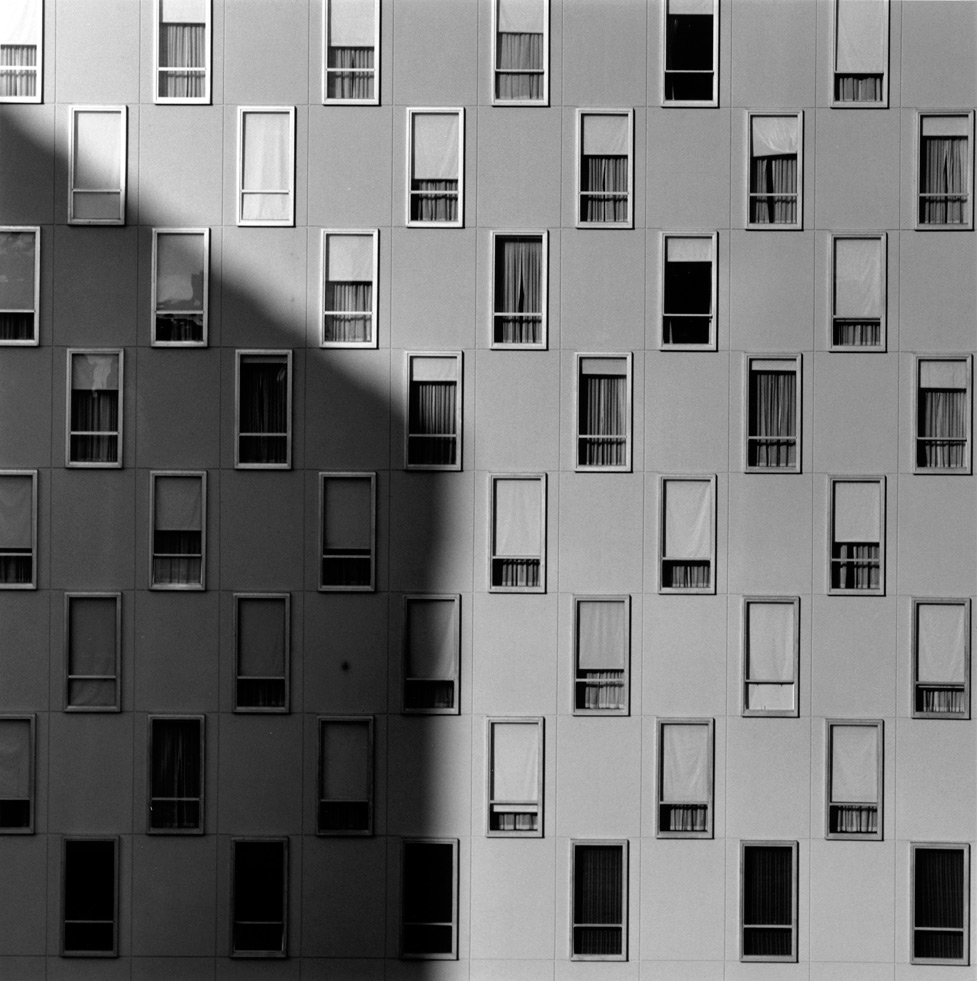
The Polaroids taken from Robert Mapplethorpe’s early years in the Chelsea Hotel with lover and patron Patti Smith are going on show for the first time, detailing the beginnings of the soon-to-be famous photographer’s signature minimalist style.
Holed up in Manhattan’s Chelsea Hotel, penniless and surviving off candy bars, Mapplethorpe would convince Smith to buy him Polaroid film. Once he had loaded the camera, he would take off, walking the streets alone. ‘We were both praying for Robert’s soul,’ Smith wrote in Just Kids, her 2010 memoir of their time together. ‘He to sell it and I to save it.’
A new exhibition is showing, for the first time, the Polaroids that Mapplethorpe took on those walks. Hand-selected from the archive belonging to the Robert Mapplethorpe Foundation in New York, they shed light on a pivotal early phase of the photographer’s now iconic 20-year career. The exhibition, at Weinstein Hammons Gallery in Minneapolis, Minnesota – and soon to make its way to San Francisco Photofairs from 22 February – includes Mapplethorpe’s early Polaroids alongside silver gelatin prints taken in his studio in the years before his death of AIDS in 1989.
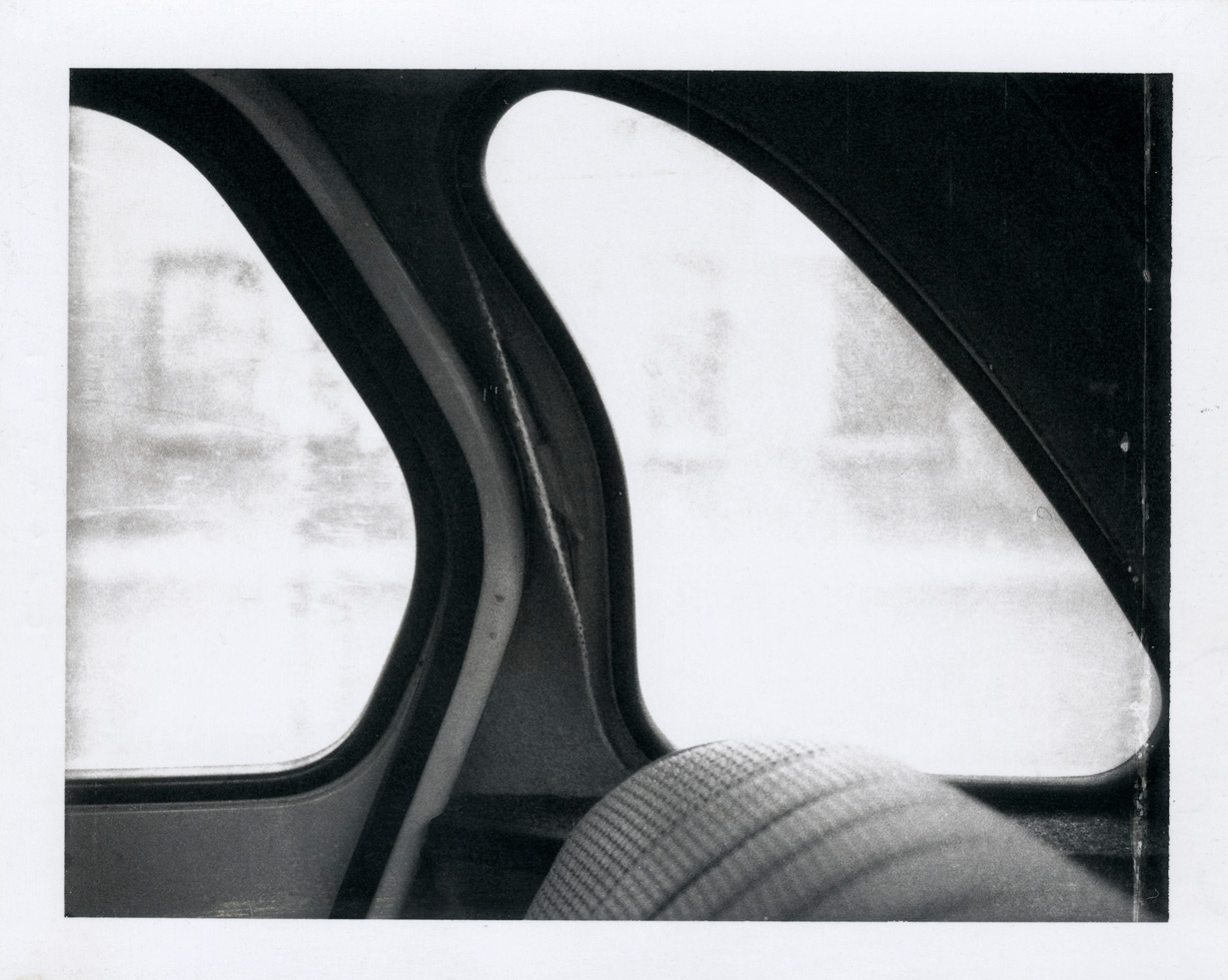
Untitled, c 1973, by Robert Mapplethorpe, vintage Polaroid. © Robert Mapplethorpe Foundation
Mapplethorpe’s signature style was always apparent, regardless of subject or era. Be it the contours of a muscular man or the curves of a bottle of wine, a lonesome telegraph pole or the arching stem of a lily, Mapplethorpe captured his subjects with an obsessional and exacting formal care. Each image was a perfectly weighted composition of crepuscular lights, shimmering whites, eggshell greys and velour darks.
In 1988, a year before his death, Mapplethorpe said: ‘Even the earliest Polaroids I took have the same sensibility as the pictures I take now. Right from the beginning, before I knew much about photography, I had the same eyes. When I first started taking pictures – the vision was there.’
‘Mapplethorpe had this singular ability to capture very hot imagery with this very cool detachment,’ Leslie Hammons, co-director of the gallery and curator of the show, tells Wallpaper*. ‘He was a complicated person – he had his family issues, and this ongoing, complicated relationship with the Catholic church. Those themes were ever-present in his work, from the early Polaroids right through to the work he made in the years before his death.’
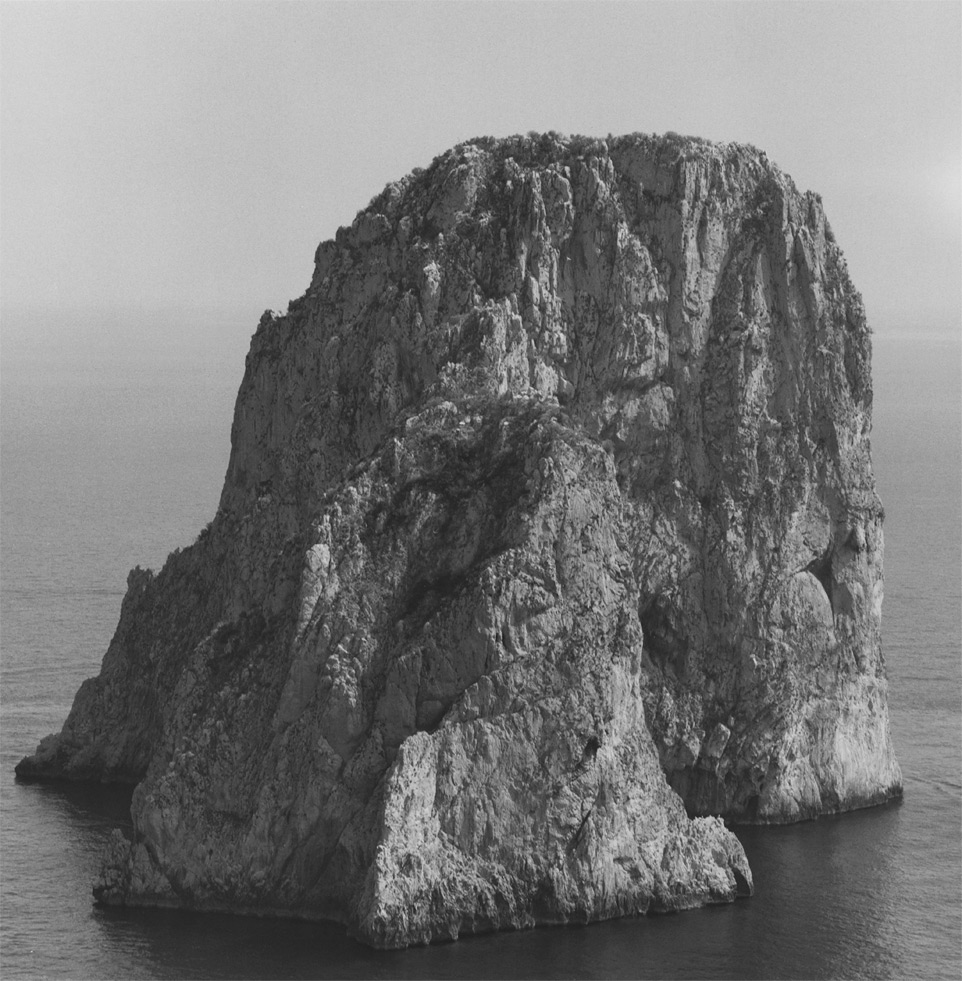
Mountain, 1983, by Robert Mapplethorpe, gelatin silver print. © Robert Mapplethorpe Foundation
‘Suburbia is a good place to come from,’ Mapplethorpe once said. ‘And a good place to leave.’ He was born in 1946 in Floral Park, a middle-class neighbourhood of Queens. On Sundays, he and his five brothers and sisters would attend the local church. In 1957, as Robert neared puberty, homosexuality was still officially classed as a disorder by the American Psychiatric Association. Later, when he came out, his father refused to speak to him. ‘Mapplethorpe’s family had difficulty comprehending the differences in Robert’s lifestyle to that of their own,’ Hammons says.
He told his parents he was going to the Pratt Institute in Brooklyn to study advertising, but quickly switched to painting and sculpture. He started taking drugs and dressing as he felt. Two years later, in 1969, Mapplethorpe dropped out of school and, along with Smith, set-up permanently in downtown Manhattan.
By 1971, Mapplethorpe’s experiments with Polaroids had evolved into a full-time focus on photography, one he used to capture the emerging gay scene at its most liberal. ‘He worked without apology, investing the homosexual with grandeur, masculinity and enviable nobility,’ Smith wrote in Just Kids.
Soon he would meet and fall in love with the art collector Sam Wagstaff, whom would provide the young artist with a decked-out studio, a gateway into the established art scene (including a strained mentorship with Andy Warhol) and, crucially, an ‘in’ with the moneyed circles of the Upper West Side. His pathway to the mainstream was now paved with gold, his fame assured. But, in those early disposable images, taken on the streets when no-one knew his name, the signature of a world-changing artist was already there, and already beautiful.
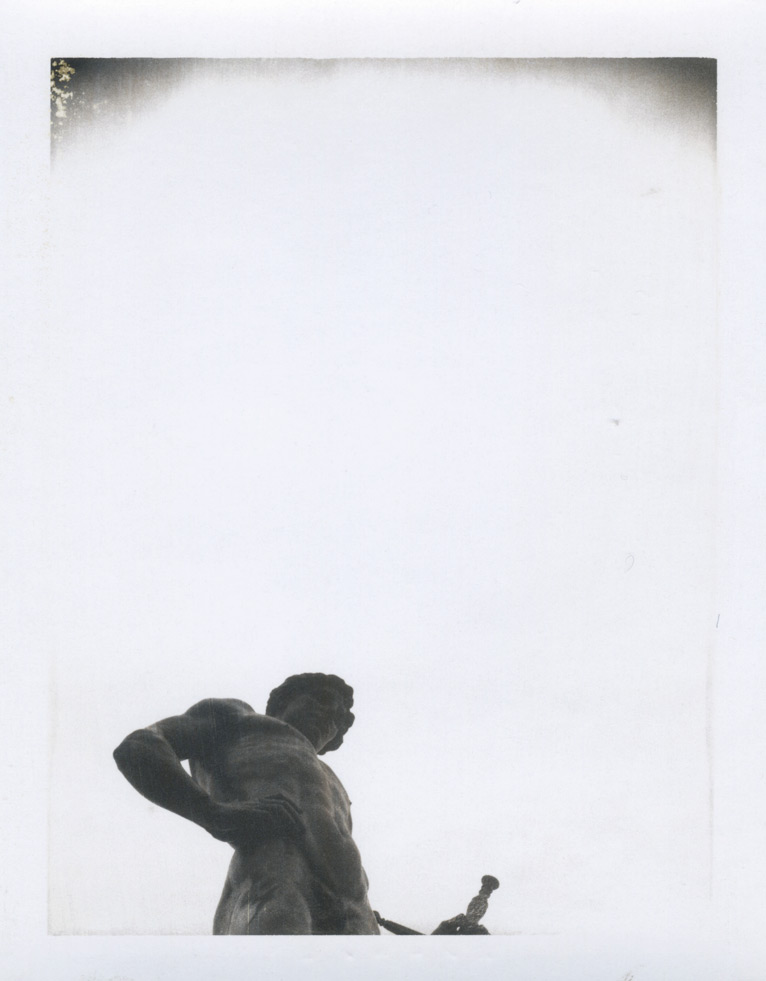
Untitled, c 1973, by Robert Mapplethorpe, vintage Polaroid. © Robert Mapplethorpe Foundation
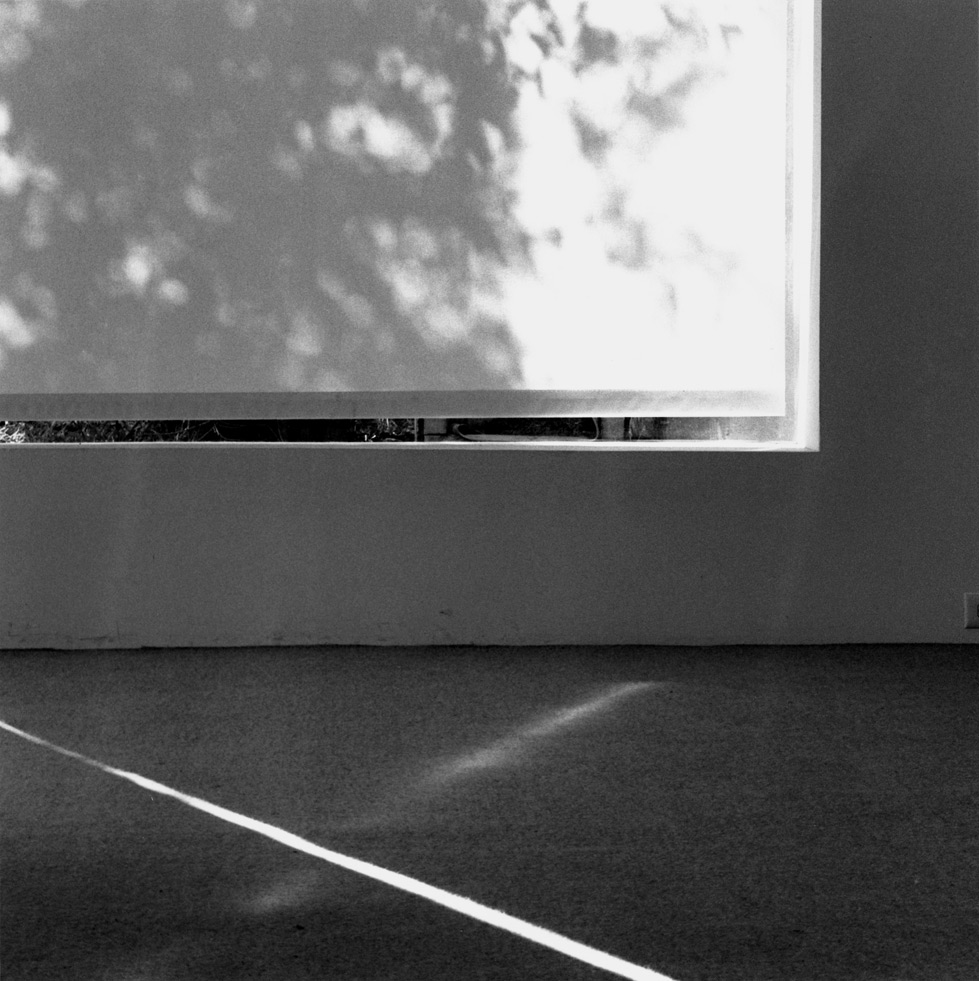
Texas Gallery, 1980, by Robert Mapplethorpe, gelatin silver print. © Robert Mapplethorpe Foundation
INFORMATION
‘Robert Mapplethorpe’s Minimalism’ is on view at Weinstein Hammons Gallery until 3 March, and launches at San Francisco Photofairs from 22 February. For more information, visit the Weinstein Hammons Gallery website and the San Francisco Photofairs website
ADDRESS
Weinstein Hammons Gallery
908 West 46th Street
Minneapolis MN 55419
Wallpaper* Newsletter
Receive our daily digest of inspiration, escapism and design stories from around the world direct to your inbox.
Tom Seymour is an award-winning journalist, lecturer, strategist and curator. Before pursuing his freelance career, he was Senior Editor for CHANEL Arts & Culture. He has also worked at The Art Newspaper, University of the Arts London and the British Journal of Photography and i-D. He has published in print for The Guardian, The Observer, The New York Times, The Financial Times and Telegraph among others. He won Writer of the Year in 2020 and Specialist Writer of the Year in 2019 and 2021 at the PPA Awards for his work with The Royal Photographic Society. In 2017, Tom worked with Sian Davey to co-create Together, an amalgam of photography and writing which exhibited at London’s National Portrait Gallery.
-
 All-In is the Paris-based label making full-force fashion for main character dressing
All-In is the Paris-based label making full-force fashion for main character dressingPart of our monthly Uprising series, Wallpaper* meets Benjamin Barron and Bror August Vestbø of All-In, the LVMH Prize-nominated label which bases its collections on a riotous cast of characters – real and imagined
By Orla Brennan
-
 Maserati joins forces with Giorgetti for a turbo-charged relationship
Maserati joins forces with Giorgetti for a turbo-charged relationshipAnnouncing their marriage during Milan Design Week, the brands unveiled a collection, a car and a long term commitment
By Hugo Macdonald
-
 Through an innovative new training program, Poltrona Frau aims to safeguard Italian craft
Through an innovative new training program, Poltrona Frau aims to safeguard Italian craftThe heritage furniture manufacturer is training a new generation of leather artisans
By Cristina Kiran Piotti
-
 Leonard Baby's paintings reflect on his fundamentalist upbringing, a decade after he left the church
Leonard Baby's paintings reflect on his fundamentalist upbringing, a decade after he left the churchThe American artist considers depression and the suppressed queerness of his childhood in a series of intensely personal paintings, on show at Half Gallery, New York
By Orla Brennan
-
 Desert X 2025 review: a new American dream grows in the Coachella Valley
Desert X 2025 review: a new American dream grows in the Coachella ValleyWill Jennings reports from the epic California art festival. Here are the highlights
By Will Jennings
-
 In ‘The Last Showgirl’, nostalgia is a drug like any other
In ‘The Last Showgirl’, nostalgia is a drug like any otherGia Coppola takes us to Las Vegas after the party has ended in new film starring Pamela Anderson, The Last Showgirl
By Billie Walker
-
 ‘American Photography’: centuries-spanning show reveals timely truths
‘American Photography’: centuries-spanning show reveals timely truthsAt the Rijksmuseum in Amsterdam, Europe’s first major survey of American photography reveals the contradictions and complexities that have long defined this world superpower
By Daisy Woodward
-
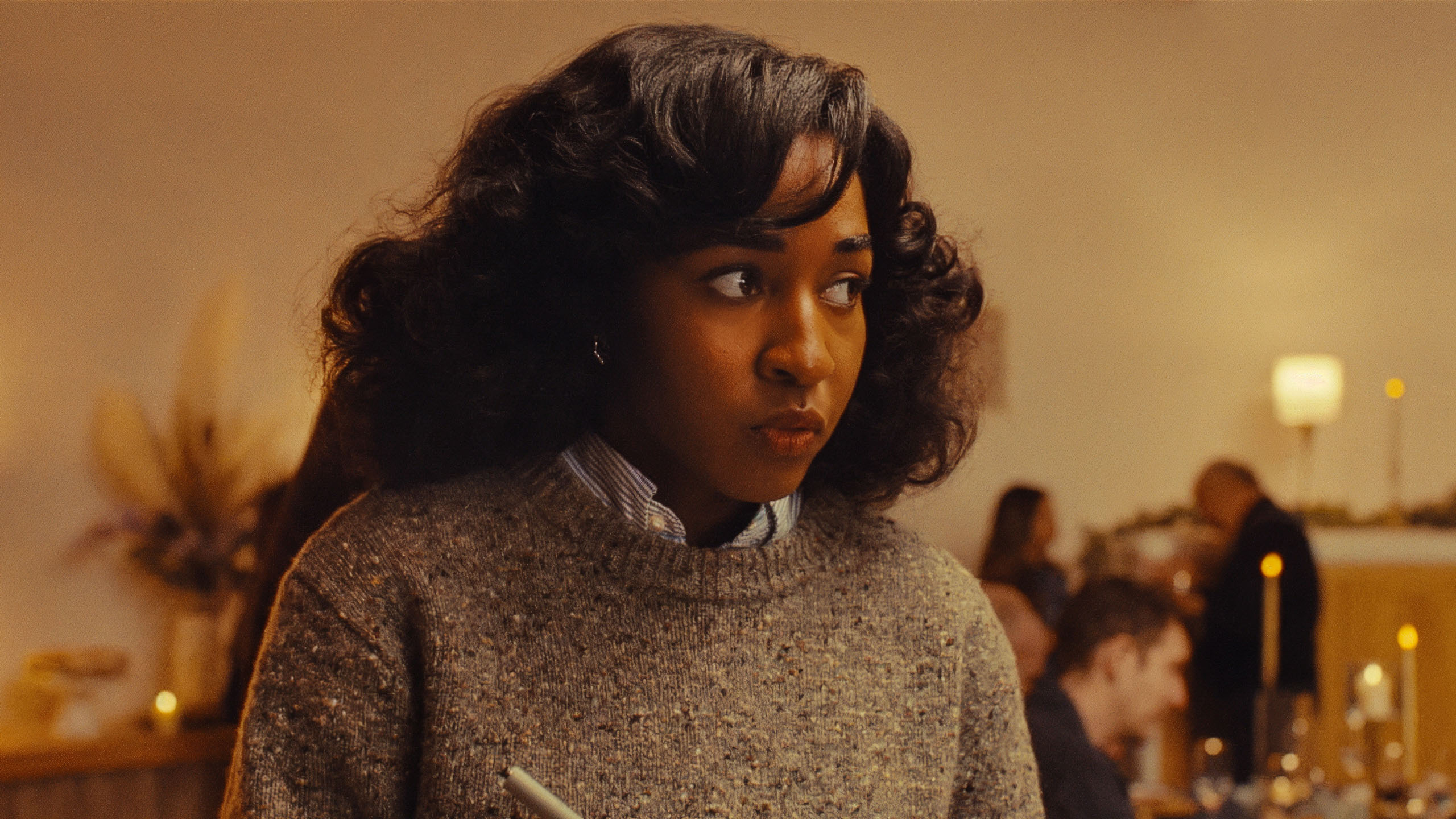 Sundance Film Festival 2025: The films we can't wait to watch
Sundance Film Festival 2025: The films we can't wait to watchSundance Film Festival, which runs 23 January - 2 February, has long been considered a hub of cinematic innovation. These are the ones to watch from this year’s premieres
By Stefania Sarrubba
-
 What is RedNote? Inside the social media app drawing American users ahead of the US TikTok ban
What is RedNote? Inside the social media app drawing American users ahead of the US TikTok banDownloads of the Chinese-owned platform have spiked as US users look for an alternative to TikTok, which faces a ban on national security grounds. What is Rednote, and what are the implications of its ascent?
By Anna Solomon
-
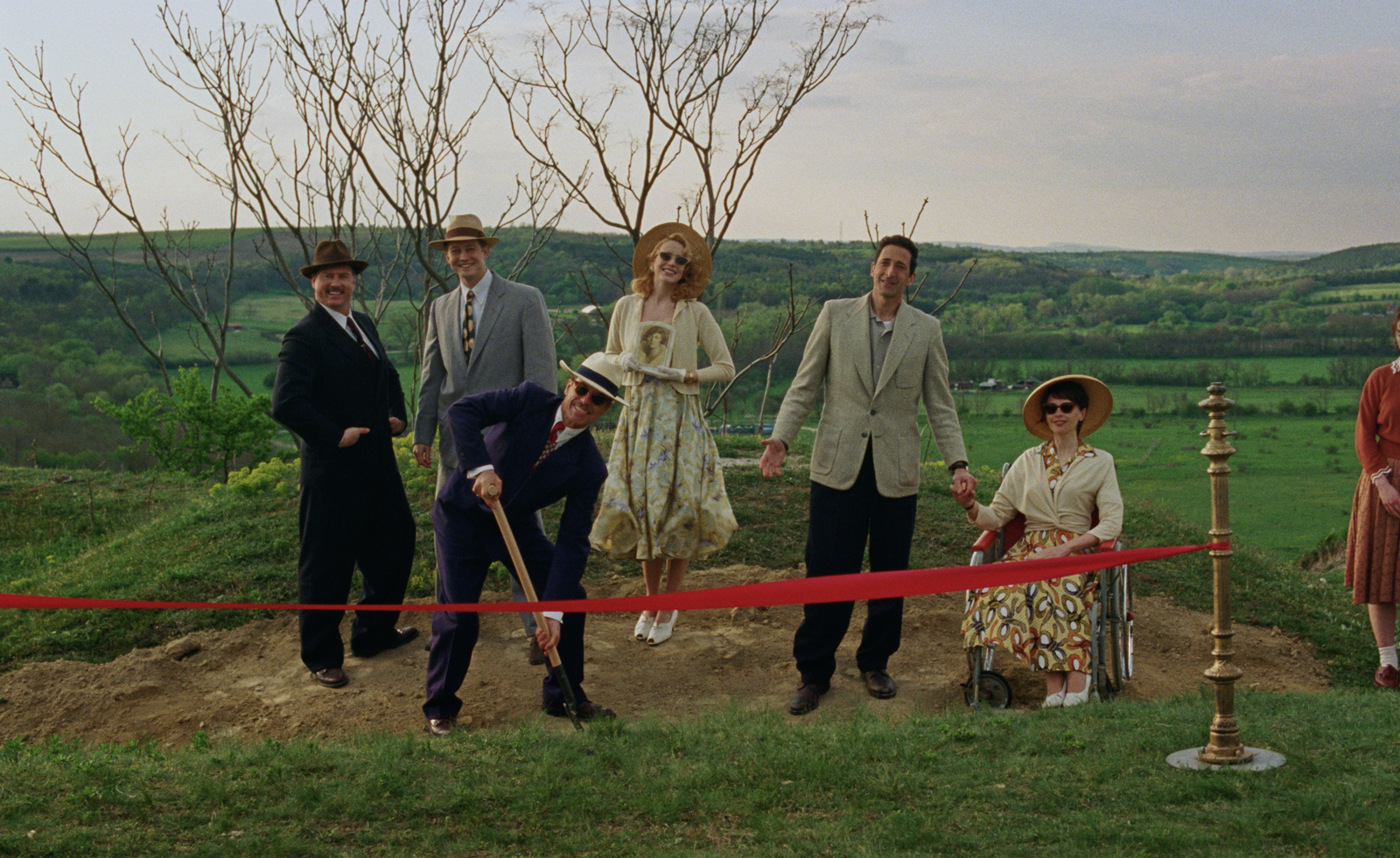 Architecture and the new world: The Brutalist reframes the American dream
Architecture and the new world: The Brutalist reframes the American dreamBrady Corbet’s third feature film, The Brutalist, demonstrates how violence is a building block for ideology
By Billie Walker
-
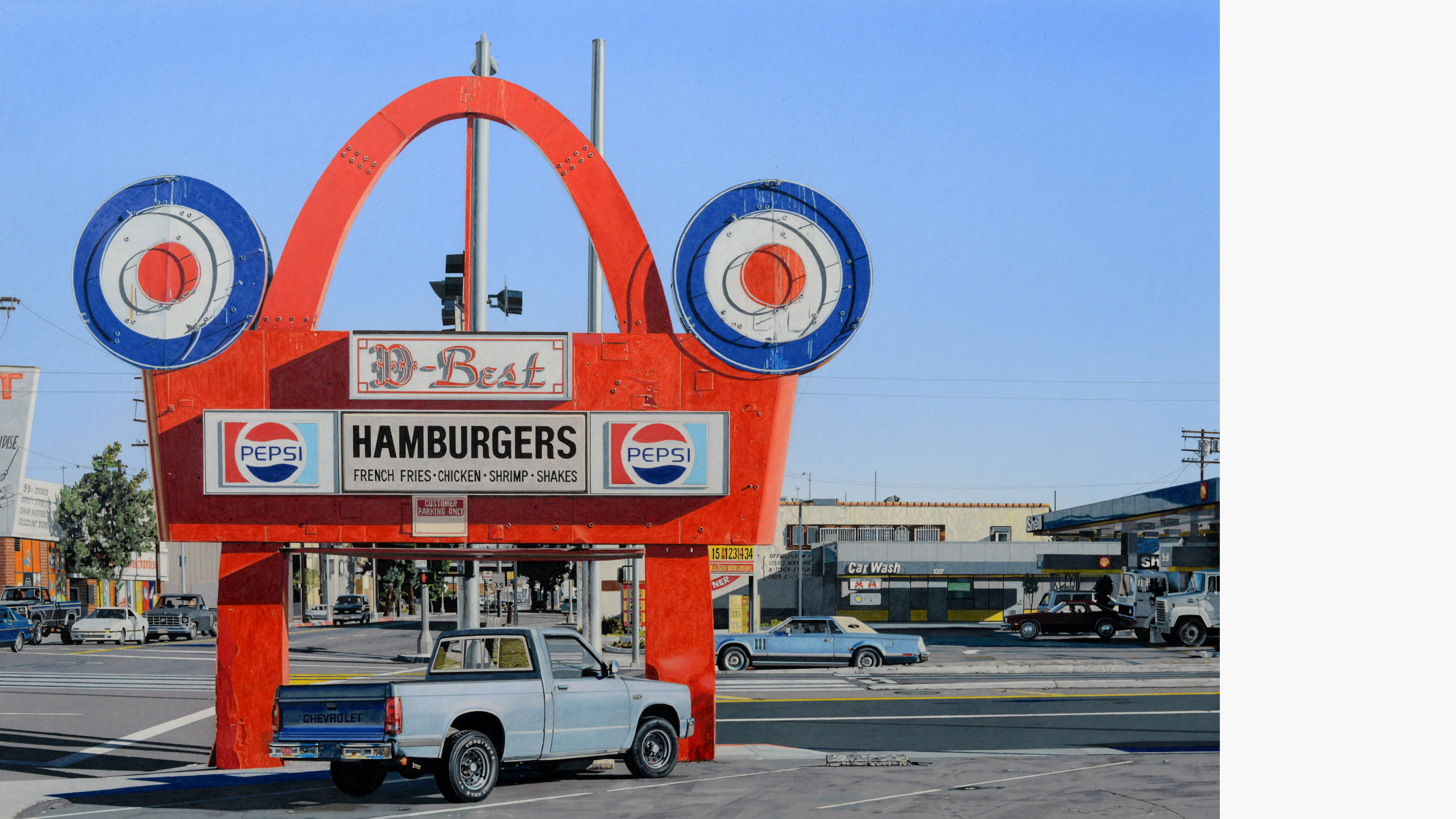 ‘Gas Tank City’, a new monograph by Andrew Holmes, is a photorealist eye on the American West
‘Gas Tank City’, a new monograph by Andrew Holmes, is a photorealist eye on the American West‘Gas Tank City’ chronicles the artist’s journey across truck-stop America, creating meticulous drawings of fleeting moments
By Jonathan Bell